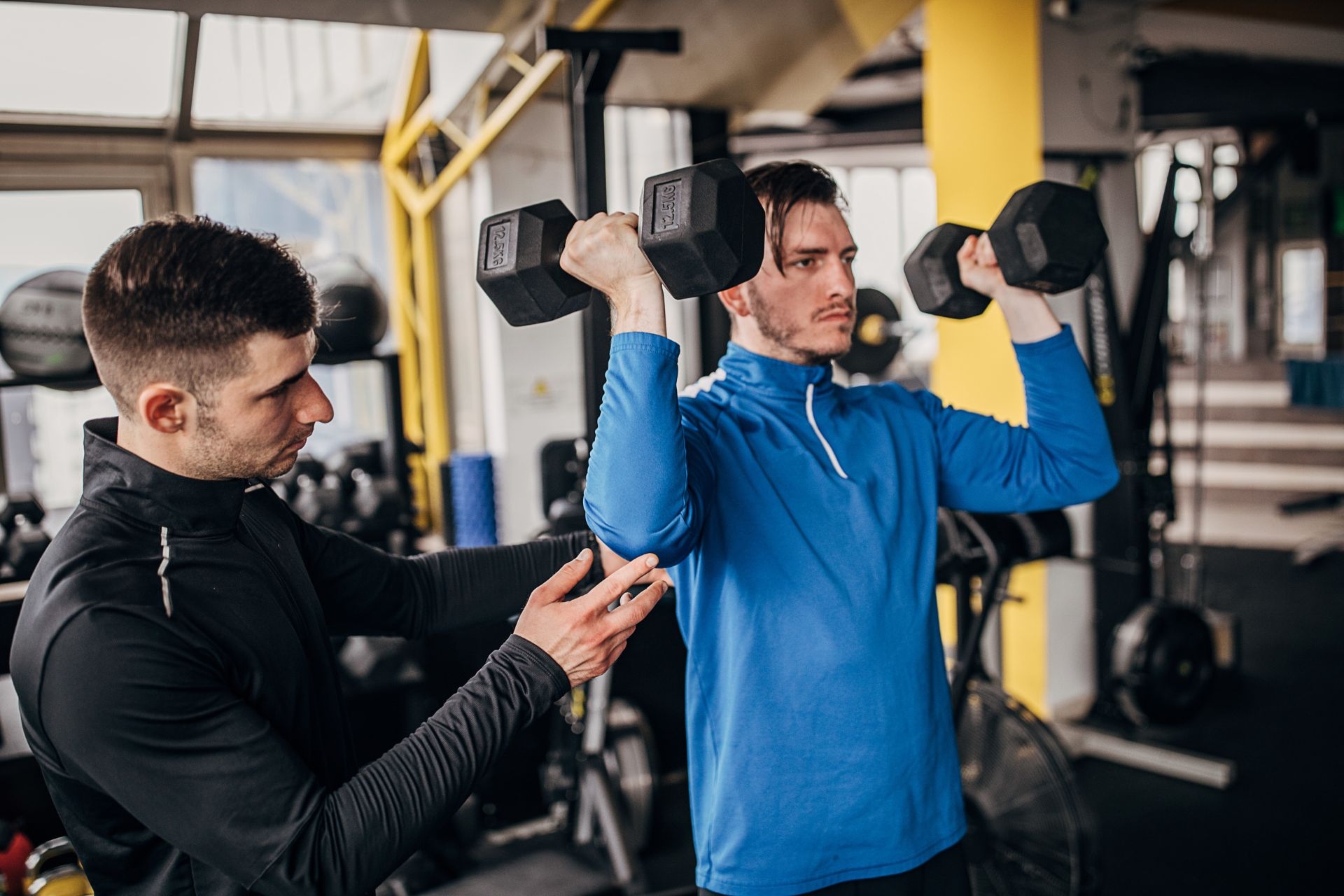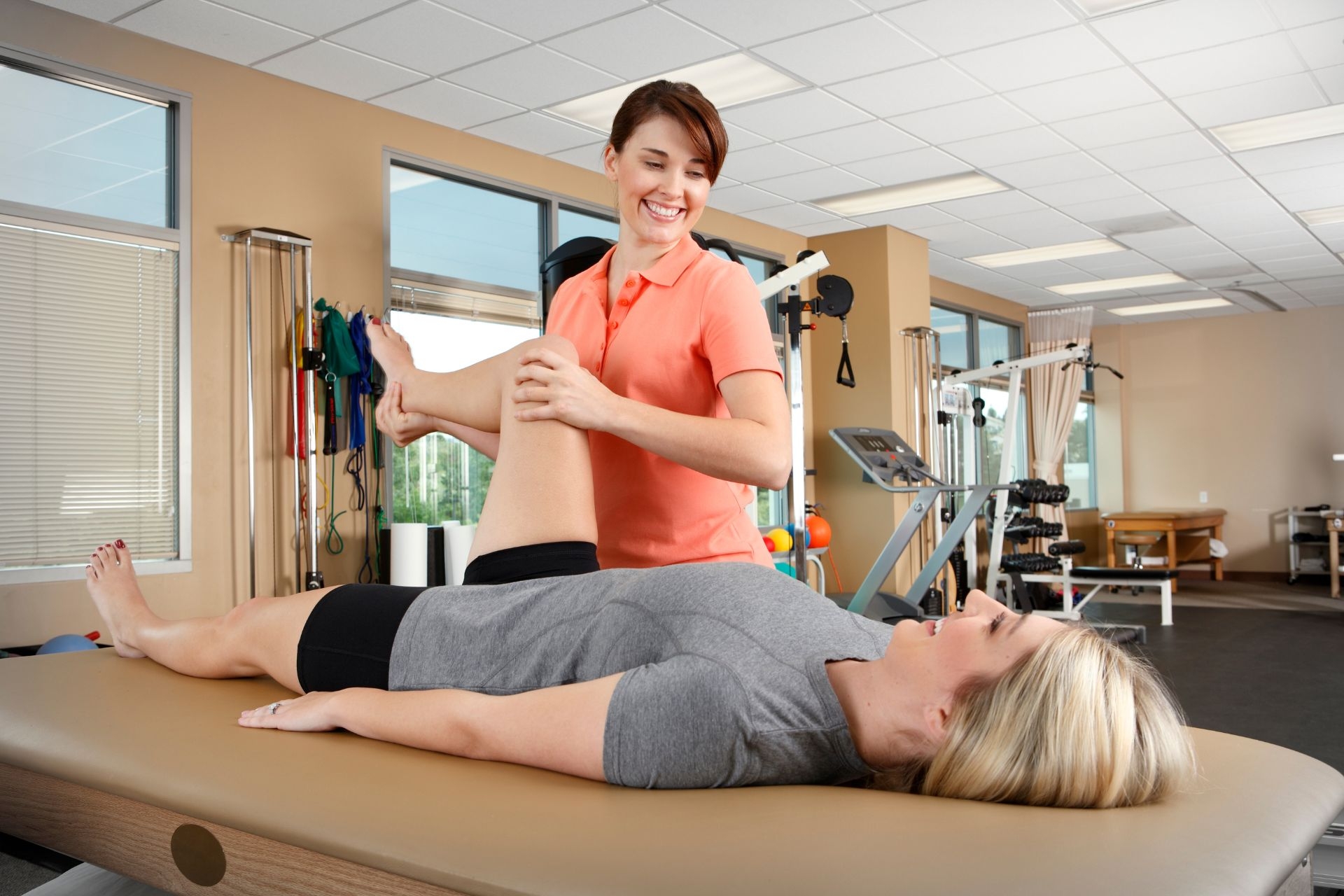Progressive Range of Motion Training
How does progressive range of motion training help improve flexibility in athletes?
Progressive range of motion training is a valuable tool for improving flexibility in athletes by gradually increasing the range of motion in their joints and muscles. This method involves starting with smaller movements and gradually working towards larger ones, allowing the body to adapt and become more flexible over time. By consistently challenging the body in this way, athletes can see significant improvements in their flexibility, which can lead to better performance and reduced risk of injury.
Progressive Overload Methods In Personal Training



